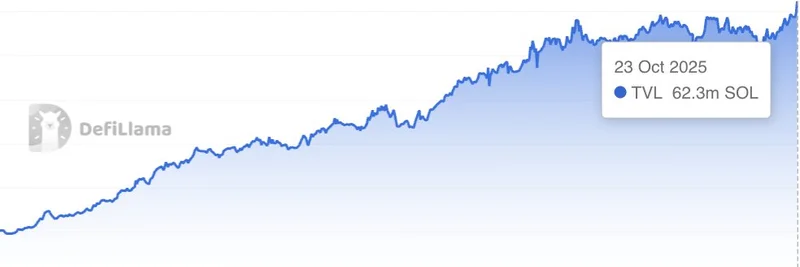In the fast-paced world of cryptocurrency, reliability is everything—especially when you're trading volatile assets like meme coins. On October 20, 2025, a major disruption hit one of the biggest players in the space: Coinbase. The exchange, along with its Ethereum-based Layer-2 network Base, went down due to an AWS outage, affecting thousands of users and exposing the fragility of centralized systems in what should be a decentralized industry.
Crypto commentator and music producer MartyParty, known for his sharp takes on blockchain tech, didn't hold back in his tweet. He wrote: "Coinbase and Base still down because one third party database goes down??? That is not crypto. I’ve been telling you for years now you see what I’ve been talking about. Get off web2 - Eth to Sol. Centralized systems showing their true weakness today signaling your next move."
MartyParty's message resonates deeply in the meme token community, where speed and uptime are crucial for catching the next big pump. Let's break this down and see why this outage could be a wake-up call for traders eyeing more resilient networks.
What Happened with the Coinbase Outage?
Amazon Web Services (AWS), a cloud computing giant, experienced a widespread outage on October 20, 2025, knocking out services across the internet. This included popular crypto platforms like Coinbase and Robinhood, as reported by Downdetector. Users couldn't access their accounts, trade, or even check balances for hours.
Coinbase's Base network, built on Ethereum as a scaling solution, was particularly hard-hit. Base has become a hub for meme coins thanks to its low fees and integration with Coinbase's user base. But relying on third-party infrastructure like AWS—a classic Web2 setup—meant that when AWS faltered, so did Base. This isn't the first time centralized exchanges have faced downtime, but it underscores a key irony: crypto was invented to escape single points of failure, yet many platforms still depend on them.
MartyParty's Argument: From Ethereum to Solana
MartyParty has long advocated for ditching Web2 dependencies, and this incident proved his point. He specifically calls out moving from Ethereum (Eth) to Solana (Sol), arguing that true crypto should be resilient and decentralized.
Solana, often praised for its high throughput and low costs, has become a hotspot for meme tokens. Platforms like Pump.fun on Solana allow anyone to launch a meme coin in seconds, fueling viral trends and massive trading volumes. In contrast, while Base offers similar benefits as an Ethereum L2, its ties to Coinbase make it vulnerable to these kinds of outages.
In the thread's replies, debates flared up. One user claimed Solana is centralized, but MartyParty fired back: "Solana Nakamoto Coefficient is 20 what you talking about it is the most decentralized of the large caps." The Nakamoto Coefficient measures how many nodes are needed to control a network—higher is better for decentralization. Solana's score suggests it's more resistant to single-entity dominance than critics claim.
Others pointed out Ethereum's uptime track record, noting it hasn't had a network-wide outage since launch, unlike Solana's past hiccups. But with Solana's recent upgrades, it's been stable, handling billions in daily transactions without breaking a sweat.
Implications for Meme Token Traders
For meme coin enthusiasts, this outage is a stark reminder of risk. Meme tokens like Dogecoin, Shiba Inu, or newer Solana-based hits thrive on hype and quick trades. If your exchange or network goes down during a pump, you could miss out on profits—or worse, get stuck in a dump.
Shifting to Solana could offer advantages:
- Speed and Cost: Solana processes thousands of transactions per second at fractions of a cent, ideal for meme coin sniping.
- Decentralization Edge: Less reliance on big cloud providers means fewer outages from external failures.
- Ecosystem Growth: With tools like Raydium DEX and Jupiter aggregator, Solana's DeFi scene is booming for meme trading.
That said, no blockchain is perfect. Solana has faced congestion in the past, but ongoing improvements like Firedancer (a new validator client) aim to boost reliability.
Looking Ahead: Building a More Resilient Crypto Future
Events like the Coinbase outage push the industry toward true decentralization. As MartyParty puts it, it's time to "get off Web2." For meme token traders, exploring Solana wallets like Phantom or using decentralized exchanges could mitigate these risks.
If you're diving into meme coins, always DYOR (do your own research) and consider diversifying across networks. Stay tuned to Meme Insider for more updates on how tech disruptions affect the meme economy—we're here to help you navigate the wild world of blockchain.


